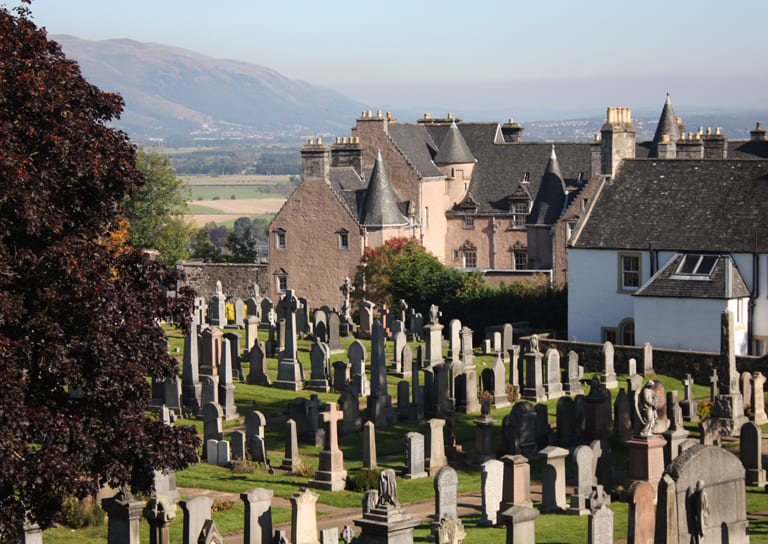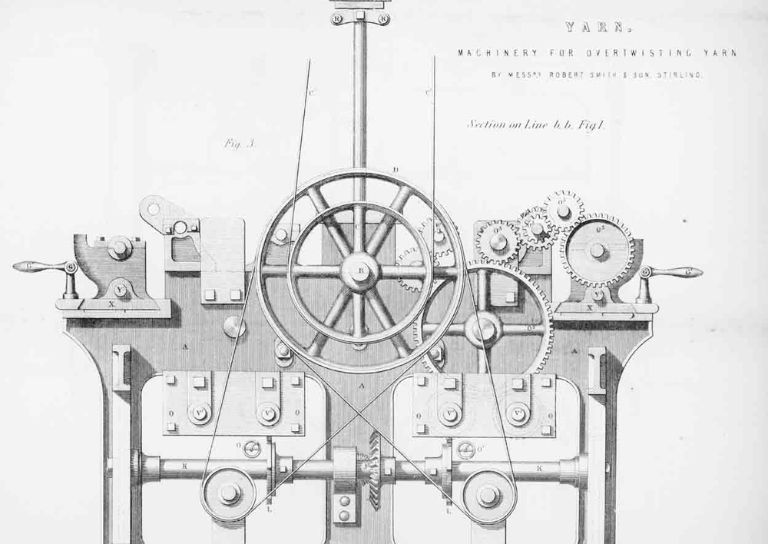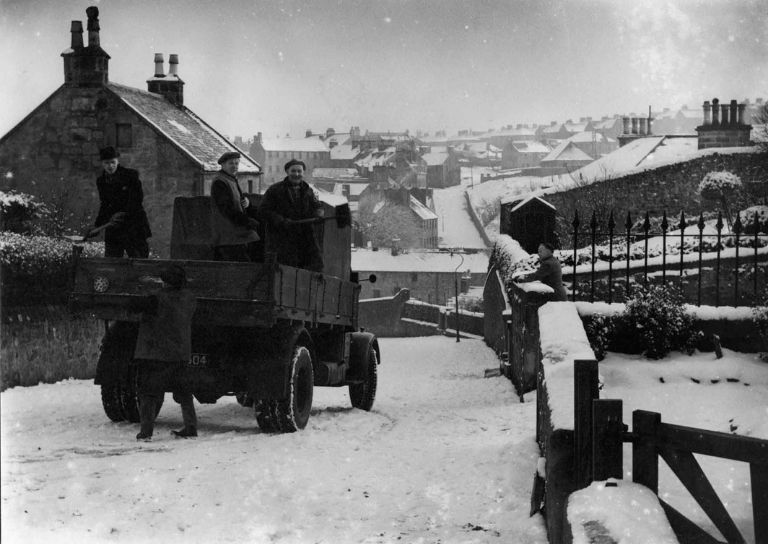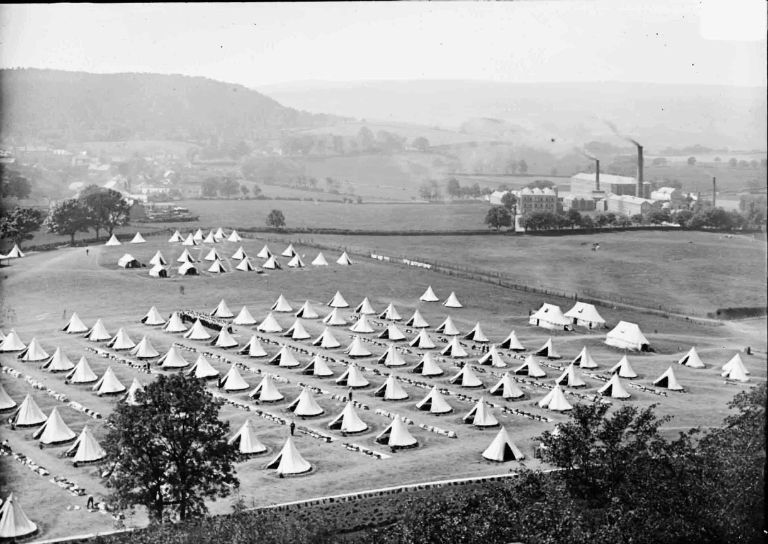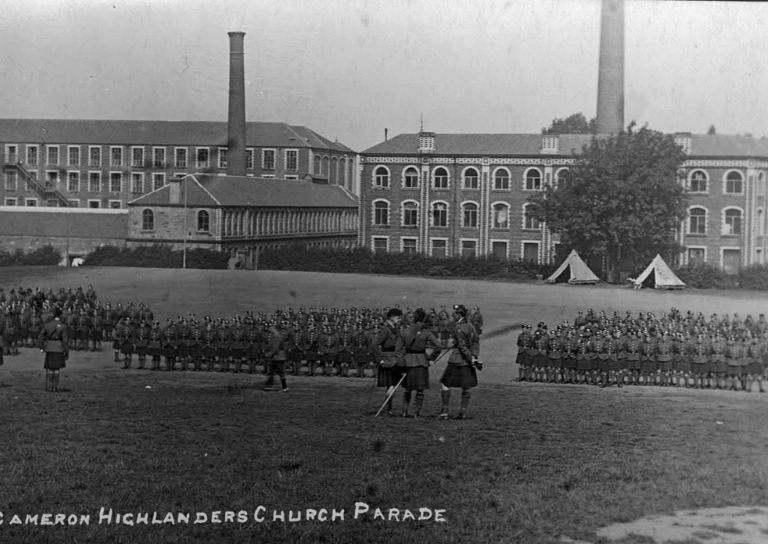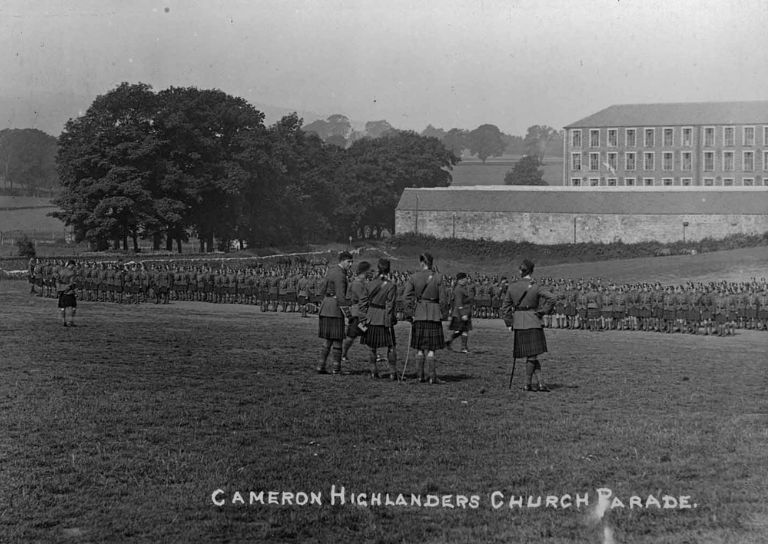- Home
- Our Work

- Stirling's Story

- Blog
- Beechwood House and the Transatlantic Slave Trade

- New Retrofit Service now available for Traditional Buildings Health Check Members

- Retrofitting Traditional Buildings: Chimneys

- SCHT 20: Championing Women in Construction
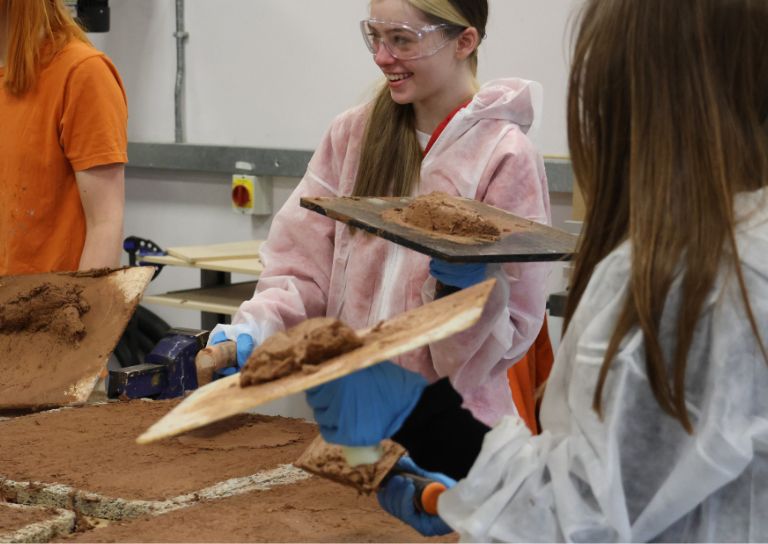
- Stirling's Lost Swimming Pools
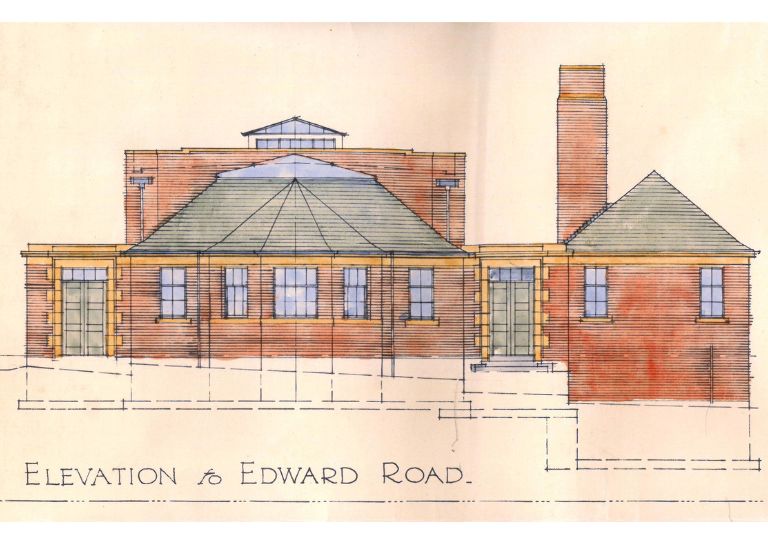
- Women in Construction at Bannockburn House
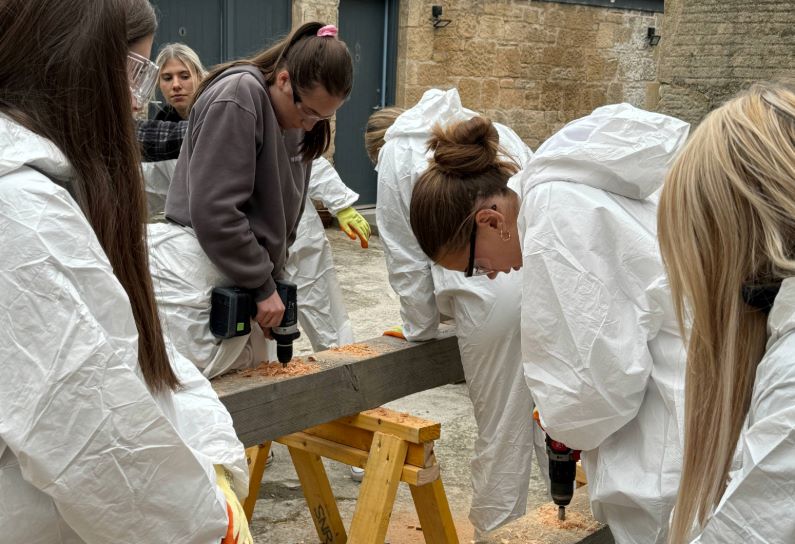
- Avenues to the Past: Stirling’s Historic Streets Exhibition

- Retrofitting Traditional Buildings

- Retrofitting Traditional Buildings: Windows

- Statement on Langgarth House

- Guest Blog: Dementia Friendly Heritage Interpretation

- SCHT Grant Conditions: Owners Associations
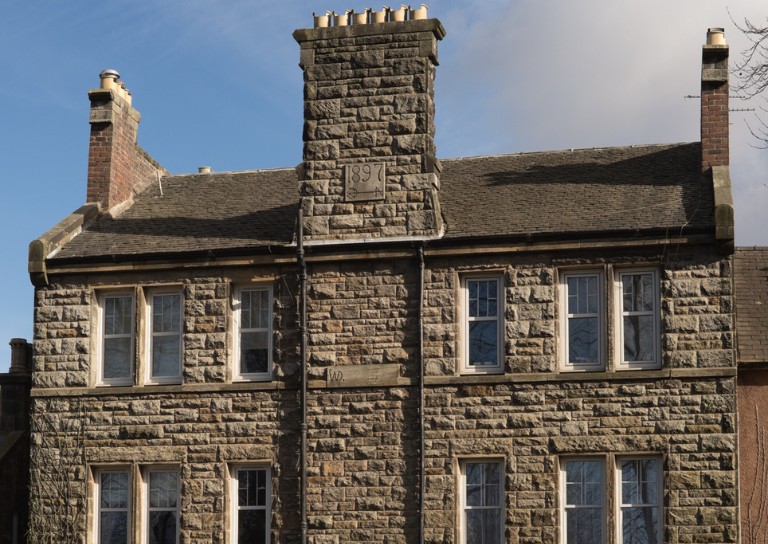
- Stirling Business Awards 2025

- What is a Conservation Area
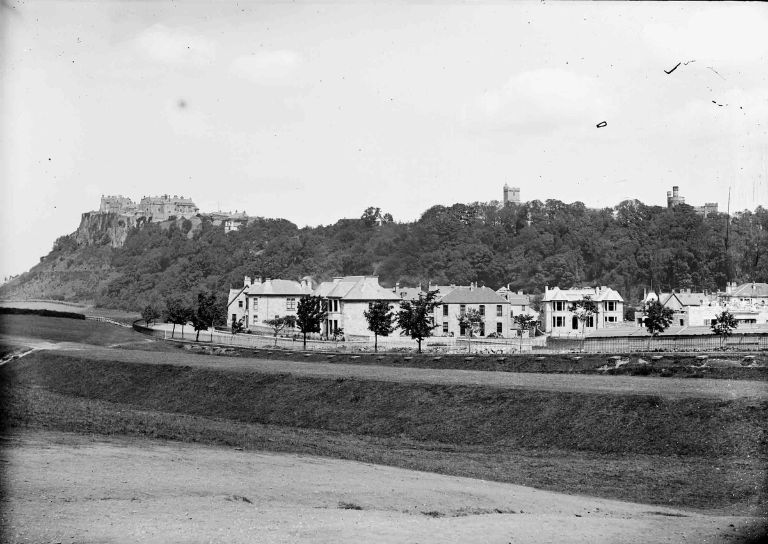
- 20 Great Buildings of Stirling

- Building Resilience: Maintaining Traditional Buildings

- Architects and The Thistle Property Trust

- World Heritage Day: Exploring Hayford Mill

- Community Consultation launched for Stirling’s Heritage Strategy
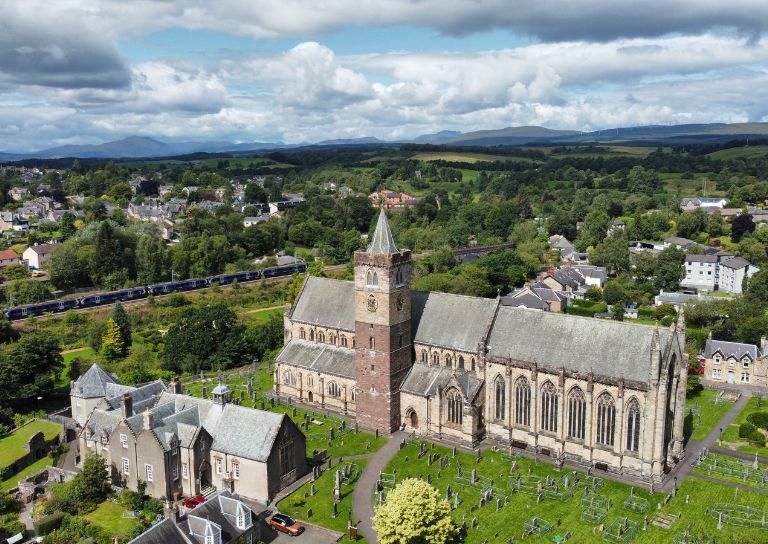
- SVE Inspire Awards September 2024

- Reminiscence Art Project
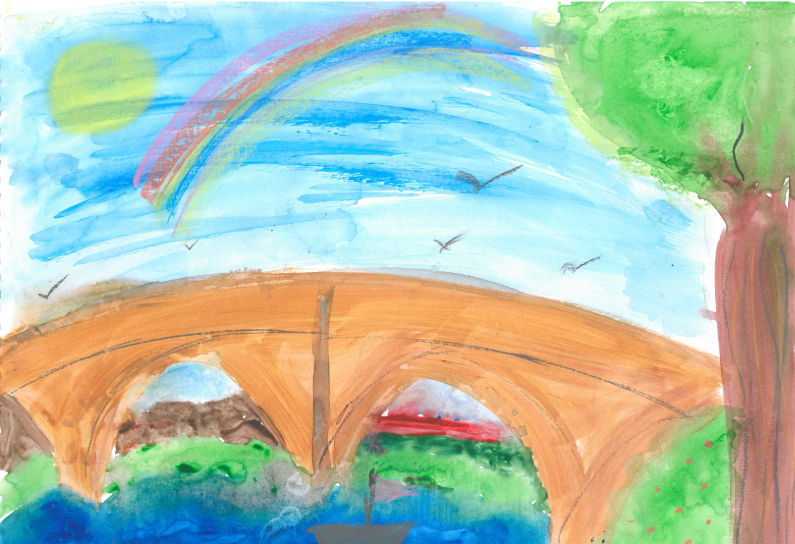
- On the European Stage: Preserving by Maintaining conference, Bratislava

- The Abolition Movement in Stirling

- Shopping Arcades

- Retrofitting Traditional Buildings: Insulation

- Retrofitting Traditional Buildings: Climatic Adaptation
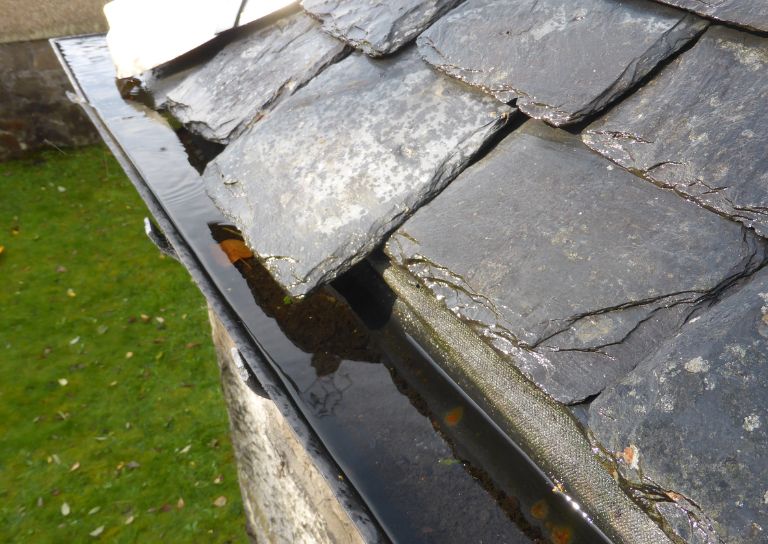
- Kings, Wolves and Drones: 20 years of care and repair at Stirling City Heritage Trust

- Practical Workshop on Retrofitting Insulation with A. Proctor Group
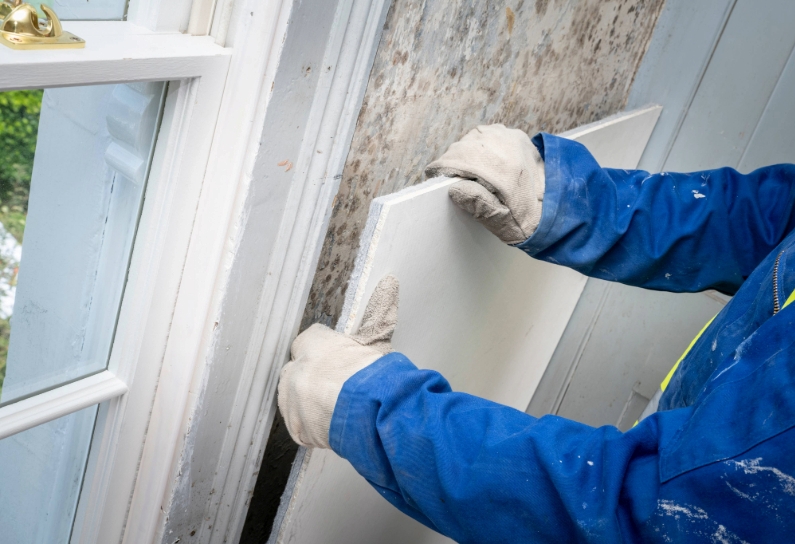
- Marking the 80th anniversary of VE Day
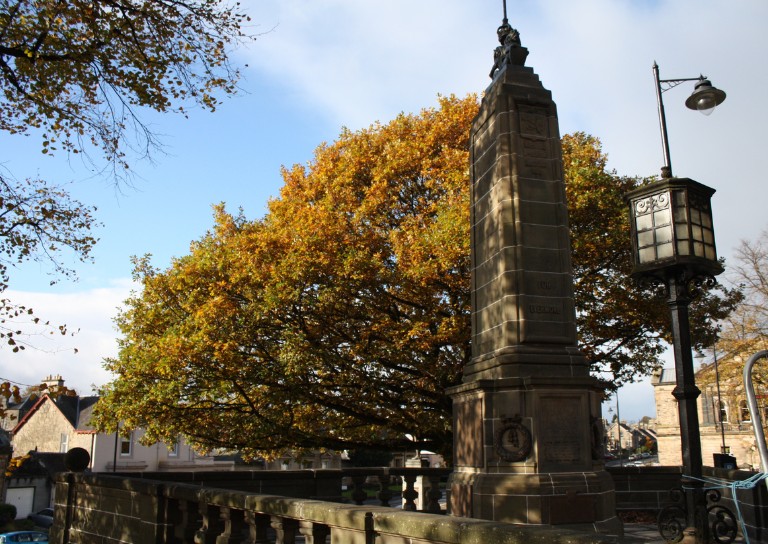
- Walker Family Visit

- Retrofitting Traditional Buildings: Fabric First

- Supporting traditional building repair in Stirling
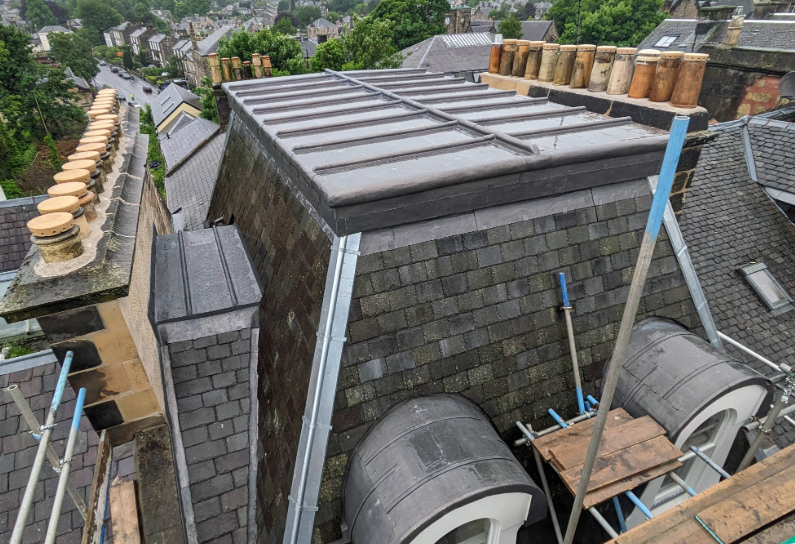
- Stirling's Historic Jails
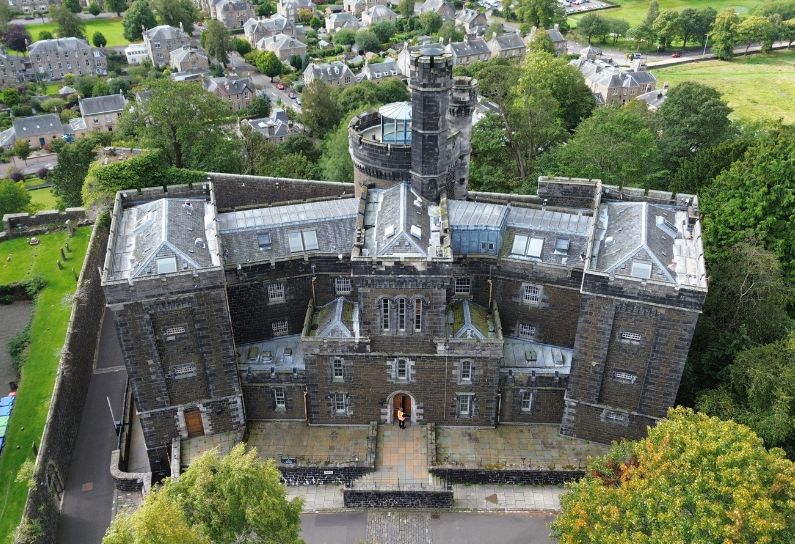
- Ghost Tales from Stirling

- Stirling Reminiscence Box

- Stirling City Heritage Trust at 20

- Retrofit Event: Meet the Suppliers

- Snowdon House and The West Indies

- Miss Curror and the Thistle Property Trust

- Dr Lindsay Lennie retires from Stirling City Heritage Trust
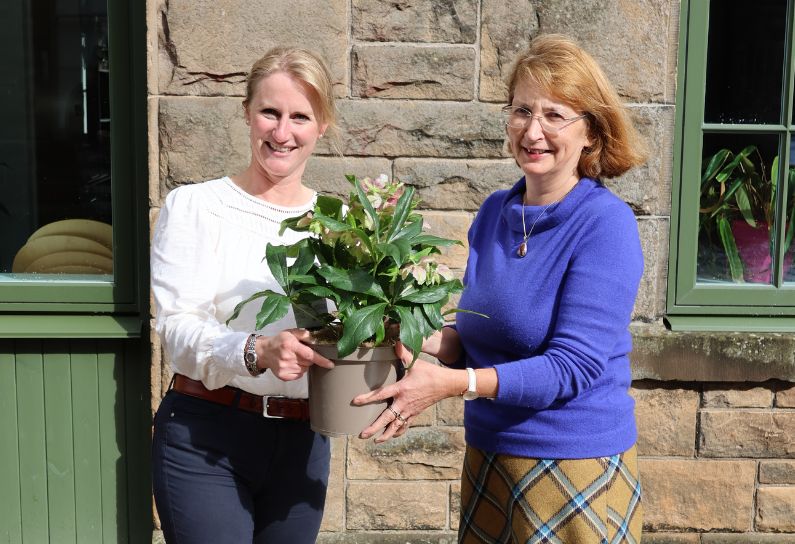
- Stirling’s Streetscape Stories: Photography Workshop

- Level 3 Award in Energy Efficiency for Older and Traditional Buildings Retrofit Course (2 Day)

- Stirlingshire’s Highland Games

- Creative careers in the heritage sector

- Postcards From Stirling

- Stirling’s Gala Days

- Building Surveying Student Intern at Stirling City Heritage Trust

- Heritage Trail: Stirling Walks

- Local History Resources

- Stirling Through the Decades

- Stirling’s STEM Pioneers

- Traditional Skills: Signwriting

- Christian MacLagan, a pioneering lady, but born too soon?

- Traditional Shopfronts in Stirling

- Stirling History Books for World Book Day

- My Favourite John Allan Building by Joe Hall

- My Favourite John Allan Building by Lindsay Lennie

- My Favourite John Allan Building by Andy McEwan

- My Favourite John Allan Building by Pam McNicol

- Celebrating John Allan: A Man of Original Ideas

- The Tale of the Stirling Wolf

- Stirling: city of culture

- Christmases Past in Stirling

- Stirling’s Historic Graveyards

- Top 10 Tips for Architectural Photography

- An Interview with David Galletly

- Springtime in Stirling

- The Kings Knot – a history

- A Future in Traditional Skills

- Robert Burns’ First Trip to Stirling

- Stirling’s Witches

- Stirling’s Ancient Wells

- An architecture student’s take on the City Of Stirling

- Ronald Walker: Stirling’s Architect

- Stirling’s Statues

- Stirling’s Wee Bungalow Shops

- Stirling’s Historic Hospitals

- Women in Digital Innovation and Construction

- Heritage at home: 8 of the best online heritage resources

- Stirling featured at virtual heritage conference

- Five of Stirling’s greatest John Allan buildings

- Women in Construction – Stirling event report

- Scotland’s trailblazing women architects

- Stirling’s Heritage: Spotlight on The Granary

- TBHC Scheme now open to properties in Dunblane and Blairlogie

- How drones help us inspect traditional buildings

- Hazardous Masonry & Masonry Falls

- Mason Bees: What’s the Buzz?

- Stirling Traditional Skills Demonstration Day Success!

- Floating Head Sculpture at Garden Glasgow Festival 1988

- The story behind Paisley Abbey’s Alien gargoyle

- Cambuskenneth Abbey

- Stirling City Heritage Trust Publications

- Sharing Memories: Taking '20 Great Buildings of Stirling' into the community

- William Wallace Statues In Stirling

- Coronations and Royal Christenings in Stirling

- The development of King's Park

- Energy efficiency project awarded grant from Shared Prosperity Fund

- Inspiring the Future: Stirling City Heritage Trust's Women in Construction Event at Wallace High

- Doors Open Days Talk: Who Built Stirling?

- 10 Years of the Traditional Buildings Health Check

- Growing up in Stirling: A Night of Reminiscence at The Smith

- SCHT visit to Brucefield Estate, Forestmill, Clackmannanshire

- Statement on Christie Clock

- Stirling’s Lost Skating Heritage

- Laurelhill House and the West Indies

- Beechwood House and the Transatlantic Slave Trade
- About Us

- Support Us

- Contact

World Heritage Day: Exploring Hayford Mill

The location of mills was dictated by local water courses, but small weavers’ cottages were situated in villages across the region as part of the Scottish handloom industry of the late 18th and early 19th centuries. Weavers cottages are usually small one storey, two room buildings where weavers lived with their families. Wooden weaving sheds, where handlooms were kept, were attached to these cottages, most of which have long gone. You can still spot some 18th century weaver’s cottages in the Torbrex Conservation Area. Other villages across Stirling, like Thornhill, had small weaving communities, and whilst many of the buildings are now gone, the memory of the weaving industry is captured in street names, such as Weaver Row in St Ninians.
The weaving industry grew and industrialised, and soon imposing mill complexes came to dominate the landscape of places like Bannockburn and Cambusbarron. People have been living in Cambusbarron since the Iron Age, and its strategic hilltop location became a staging post along the medieval military road that linked Dumbarton Castle and Stirling Castle. It developed into a weaving village in the 18th century. The village expanded significantly after the establishment of Hayford Mill in 1833, founded by John Campbell, William Watson and Alexander Donaldson. At its height, the mill employed around 1,200 workers.
Once redundant, large mill buildings often fell into disrepair, struggling to find a new use. Hayford Mills was no different. The extant polychrome brick buildings date from the 1860-1880 enlargement led by Robert Smith Jnr. The Hayford Mills complex is now A Listed, as according to Historic Environment Scotland, it ‘remains one of the largest and most complete examples of a vertically integrated woollen mill in Scotland’, and is ‘a rare surviving example.’ However, the mills ceased production in 1896 when Robert Smith Jnr withdrew his finance from the business to invest in Australian gold mines instead. He died in 1901, soon after finding out his investment in gold mines was a very poor one. Hayford Mills then entered Government ownership. On 19th October 1896, the Stirling Observer reported on the closure of Hayford Mills:
There were between 500 and 600 people employed at the beginning of the present year, but now all are gone, and the gates are closed. The stoppage is a serious loss to Stirling and the villages of St, Ninians and Cambusbarron, but more especially to the latter, the bulk of whose adult population found employment in the establishment, and some of whom have worked within the walls of the mills ever since they were erected. Most of the younger employees have got work of one kind or another elsewhere, but many elderly people have been left “stranded”, without any source of earning their living meantime.
The loss of industry to communities like Cambusbarron would have been devastating. After their closure, Hayford Mills became training barracks during both world wars, was briefly used as a carpet factory, and was also used for storage by the Scottish Office Home and Health Department. The large buildings fell into disrepair, in the photographs of the mills taken during WW1 you can see even spot smashed windows across the buildings. Hayford Mills was successfully converted into housing in the early 2000s, but many mill complexes across Stirling were ultimately demolished, including those in Bannockburn.
Other Mills, like Stanley Mills and Barry Mill, have been preserved and are now heritage attractions cared for by Historic Environment Scotland and the National Trust for Scotland respectively. Knockando Wool Mill in Aberlour has also been restored and is now run by a community trust. Conserving and protecting these heritage sites ensures that we don’t forget Scotland’s industrial past.









